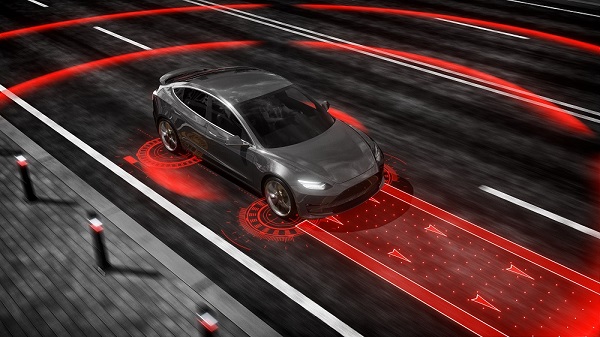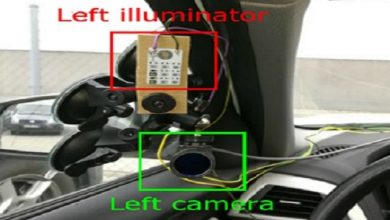Regulatory Push for ADAS Adoption- Important Step for the Indian Auto Industry

India has about half a million accidents (registered) every year accounting for over 150,000 deaths which is approximately 17 deaths per hour. Interestingly, the EU with sub 25,000 fatalities in 2019, is targeting zero fatalities due to road accidents by 2050 under their Vision Zero program. To be fair, India has a big population and a large number of vehicles on road, but adoption of safety related regulations and technology is very important to improve our road safety standards.
India transports ~60% of goods via roads vs ~40% in the U.S. and ~30% in China. One of the reasons for this high percentage of road transport is the underutilization of the railways and poor development of inland waterways in India. But an outcome of this is that ~8 million trucks are plying on Indian roads. We depend heavily on truck transport but interestingly there are no established standards with regards to how many hours a driver is allowed to drive at a stretch, or how many rest hours are mandatory. With express delivery services popularized by online shopping portals, there is increasing stress on the fleet operators to commit to tighter delivery schedules. But with no rules to ensure that the drivers are taking proper rest, a highly risky situation is being created on the Indian highways. There is an urgent need to adopt road safety regulations as it relates to movement of goods via trucks and implement them. The U.S. and Europe have adopted legislation to improve the safety on their roads and we need to learn from them.
The U.S. Commercial Motor Vehicle Safety Enhancement Act mandates the ELD (Electronic Logging Device) that needs to be there in the commercial vehicles to keep records of duty status (RODS). This has been implemented since December 2017 and rules have evolved to permit the use of a Smartphone application to input the data. Given the high penetration of Smartphones in India and ubiquitous wireless networks, India can adopt rules to ensure that truck drivers follow a time schedule for sleep, breaks etc. and the same can be managed through mobile applications. Infact, for very heavy trucks, say over 25 ton and those transporting hazardous materials including Oil n Gas, Chemicals etc. there should be a mandate to have Advanced Driver Assistance Systems (ADAS) – this is basically a dashboard mounted AI Cameras that monitors the driver and raises alerts if the driver is distracted by e.g. using his mobile phone or appears drowsy. These ADAS systems are being deployed as a safety tool in many countries and Europe is taking a lead in adopting legislation to mandate the use of advanced safety technologies. The European Commission adopted the revised General Safety Regulation (GSR) in late 2019 which mandates the adoption of advanced vehicle safety features. Among the list of safety features are “Driver Drowsiness and Attention Warning System” – the system will detect the driver’s level of alertness and warn those who are drowsy or distracted. These systems must be fitted in all new models from July 2022.
Adopting technologies like Advanced Driver Assistance Systems (ADAS) may seem like a financial burden for fleet operators but it is highly likely that the cost of these systems could be recovered from lower insurance premiums and lower operational costs including better fuel efficiencies, lower maintenance as the truck drivers facing a dashcam are likely to be more careful while driving. Automotive electronics is an evolving field and local deployment of these systems would create a local market and help develop indigenous competencies in the field. The local development of Advanced Driver Assistance Systems (ADAS) would be the starting point of developing platforms that could help the driver navigate tricky situations on the roads via front/side/back facing AI cameras and that technology would aid the further development of autonomous driving technology. India needs to get on the autonomous technology bandwagon to ensure local companies can develop competencies to ultimately build autonomous vehicles – else India will be dependent on foreign companies for the technology.
Author:

Rohit Kapoor
Co-Founder and COO
Cutting Chai Technologies
Rohit Kapoor is Co-Founder and COO of Cutting Chai Technologies and is also advising startups. Over the last 20+ years, he has worked in leadership roles with diverse firms in the technology/telecom sector viz. Qualcomm, Siemens, Telefonica, Swisscom, HP in India, Europe, and the US. As Director of Business Development, he helmed Qualcomm’s entry in the adjacent markets of Automotive, IoT and Networking in India. He has done his MBA from INSEAD, France and Electronics and Communication Engineering from MIT, Mangalore University, India.
Published in Telematics Wire



